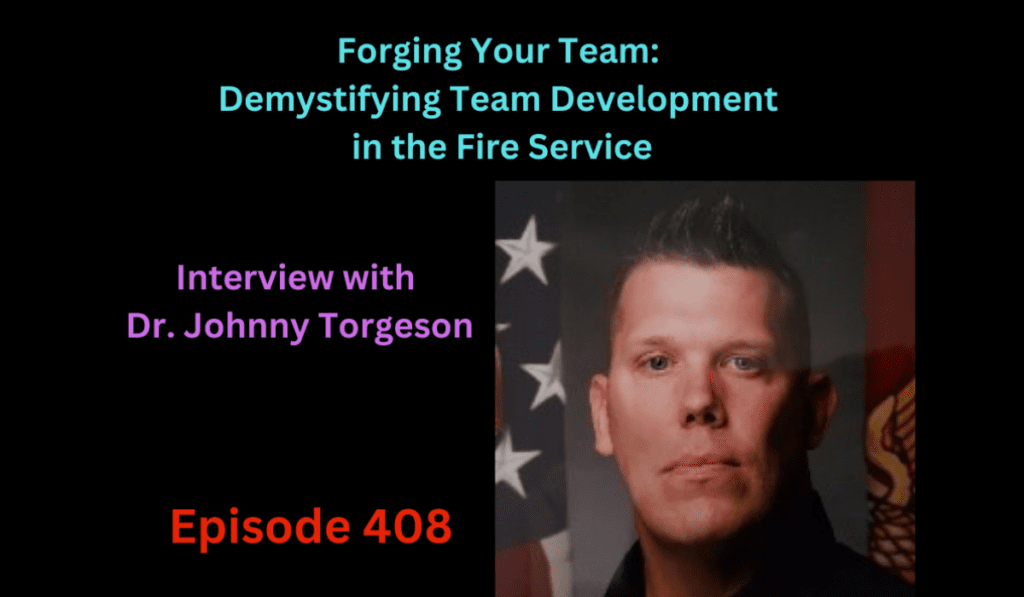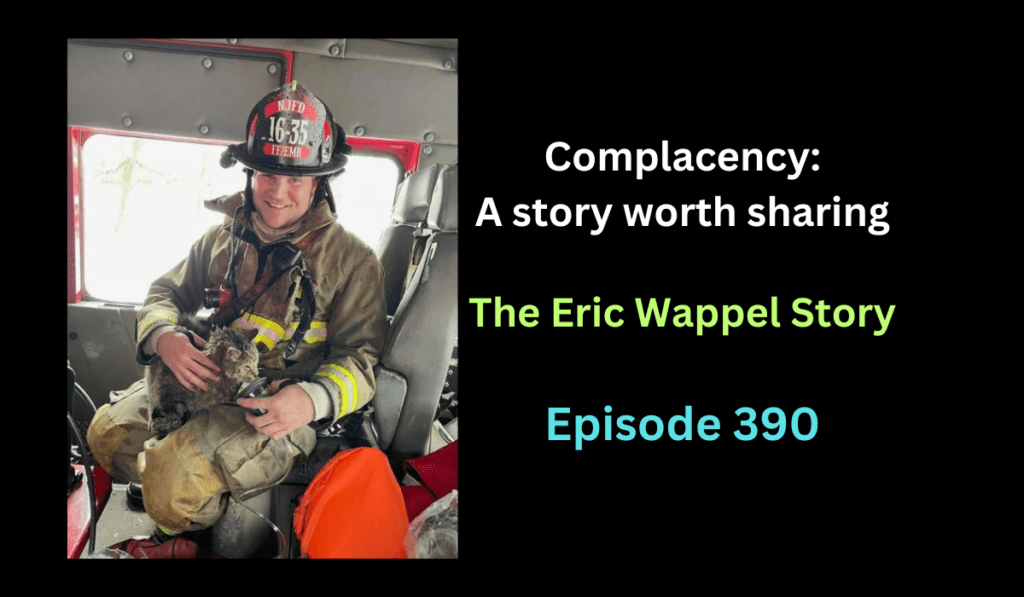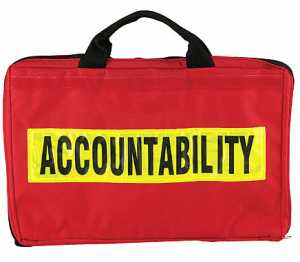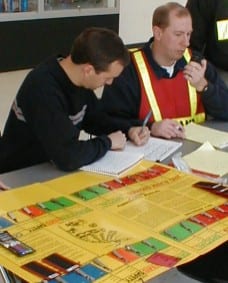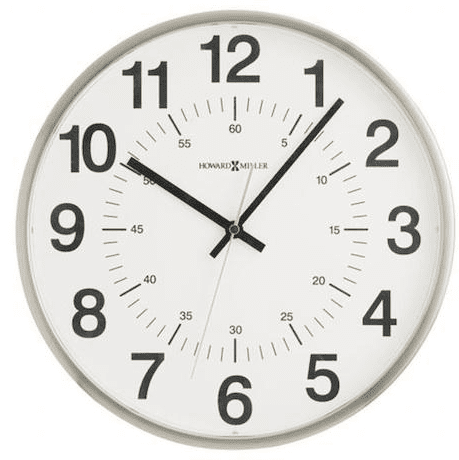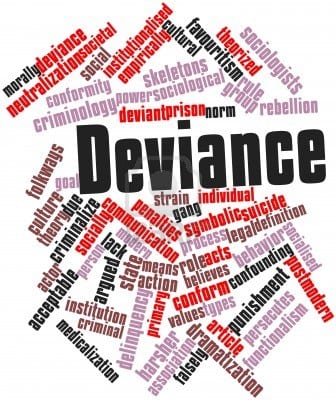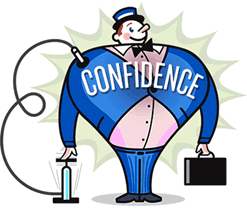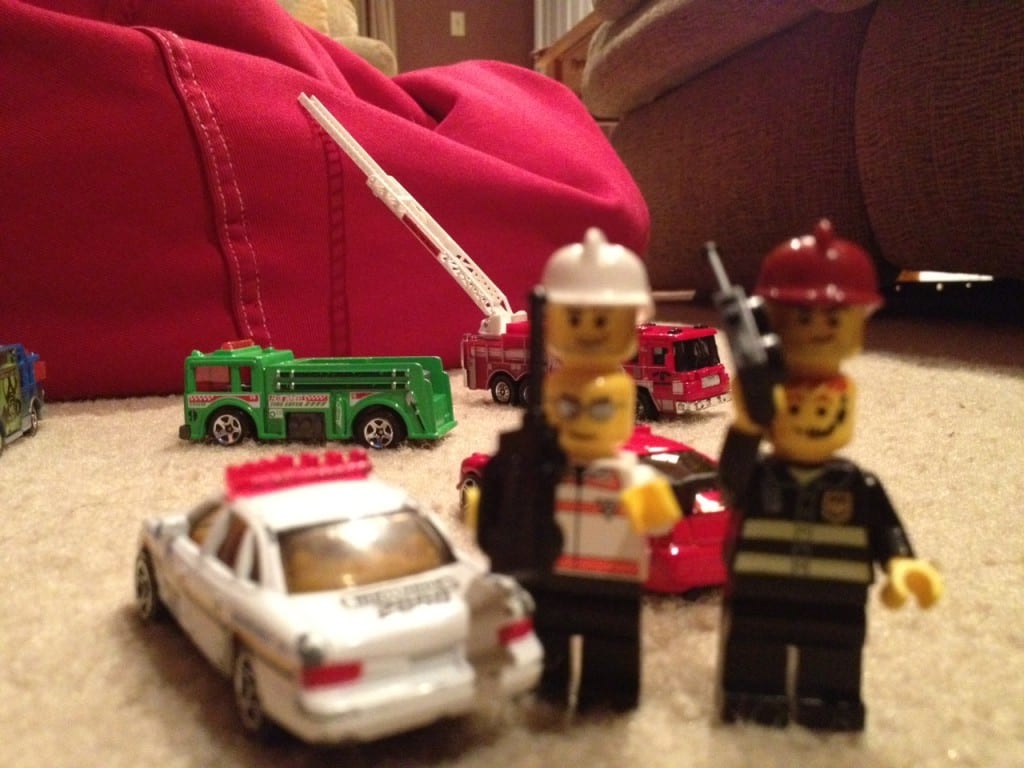Forging Your Team – The Johnny Torgeson Story – 408
The fire service is struggling with recruiting and retention. It’s also challenged by a mental health crisis and a growing apathy within the profession. The good news is, we have the power to fix it. Working in a team environment provides job satisfaction, psychological safety, and a feeling of community. Fire service leaders have […]
Forging Your Team – The Johnny Torgeson Story – 408 Read More »

